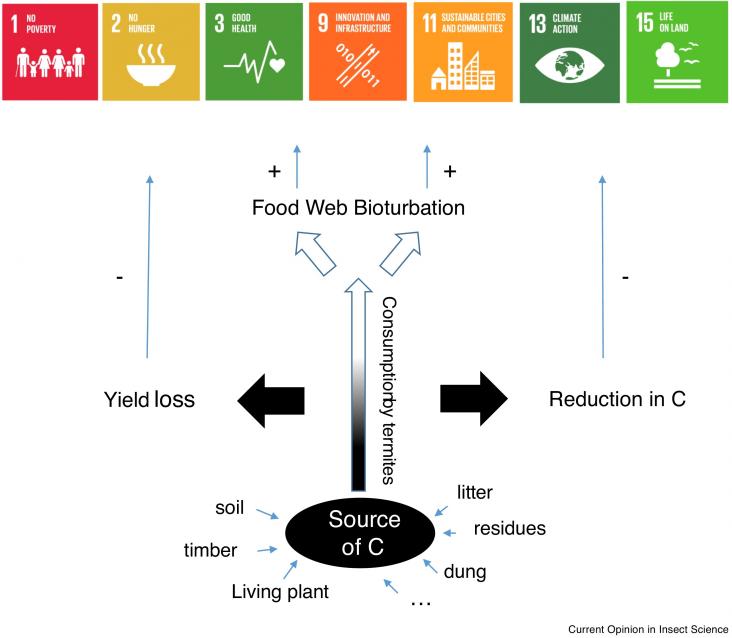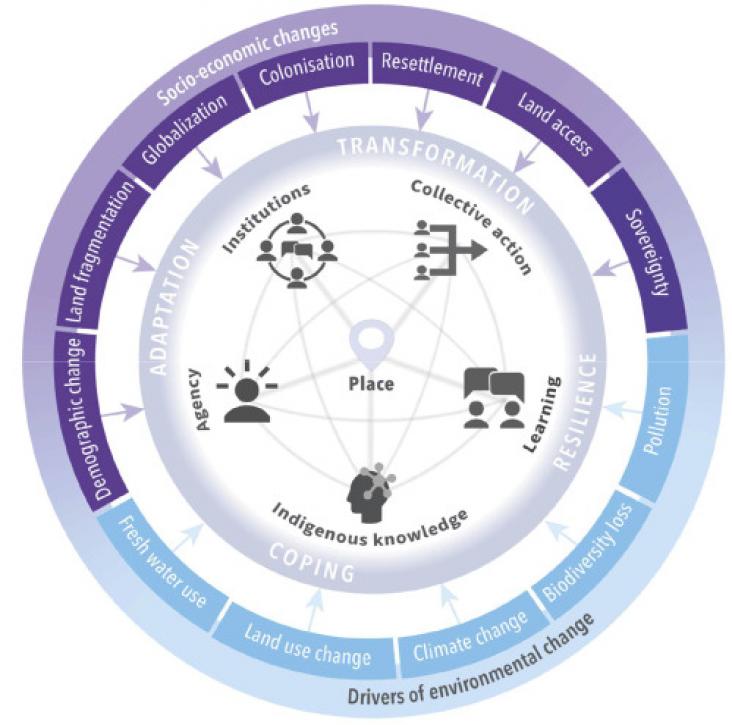Introduction: Transport, a well-recognised determinant of health, is particularly salient to well-being and equitable health outcomes amongst older people and people living with disabilities living in

Within a time span of only a few months, the SARS-CoV-2 virus has managed to spread across the world.

Termites are amongst the main macroinvertebrate decomposers in tropical ecosystems and they exert additional impacts through the creation of biostructures (mounds, galleries, sheetings, etc.) with dif

Materials, structures, surfaces and buildings of insects are of a great scientific interest, but such basic knowledge about the functional principles of these structures is also highly relevant for
Cities with many pedestrian barriers can inhibit community mobility, access to services, and social participation for people with disabilities.
To be socially accepted widely, the emerging circular bioeconomy needs to rely increasingly on residual bio-based feedstock and waste, hence reducing its dependency on crops which are in competition w
In 2016, the World Health Organization declared that ‘Health is one of the most effective markers of any city's successful sustainable development’ (World Health Organisation, 2016).
Purpose and setting: Infrastructure is a global multi-trillion dollar market presenting many opportunities and risks for sustainable development.

Indigenous peoples globally have high exposure to environmental change and are often considered an “at-risk” population, although there is growing evidence of their resilience. In this Perspective, we examine the common factors affecting this resilience by illustrating how the interconnected roles of place, agency, institutions, collective action, Indigenous knowledge, and learning help Indigenous peoples to cope and adapt to environmental change.
